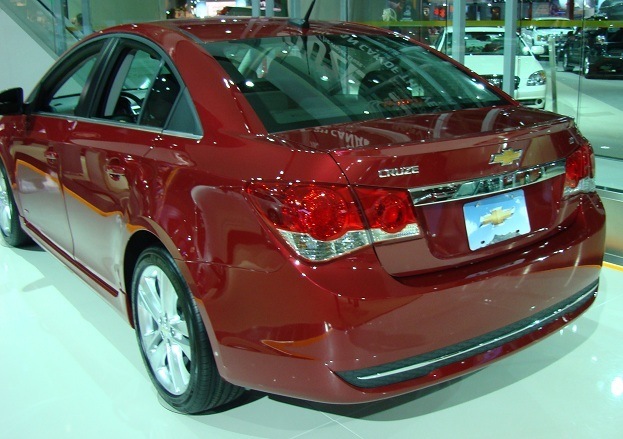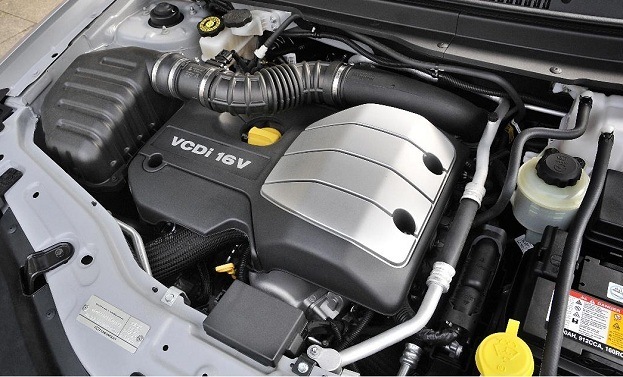As the 2013 Chevrolet Malibu was introduced to the public this past April, General Motors made it clear that the United States was going to share the bowtie badge with almost the entire world. Globalizing the Chevrolet brand started with the debut of the compact Cruze sedan last year. Premiering throughout Europe and Asia ahead of its North American launch, the short-term results for the more international presence of Chevy could be seen in two ways inside the United States. On a negative side, the loyal customers in the United States of America and Canada could feel neglected assuming Chevrolet is devoting itself away from its core market of 100 years. However, there are many positives to a global Chevrolet presented in the recently introduced Cruze. As the world acquaints with the Chevy bowtie, the North American consumer will also be treated to some international flavours for cars sold across the world.
As diesel-engined vehicles remain popular in Europe (accounting for over 1/3 of the cars sold in most regions), the Chevrolet Cruze was equipped to meet the large demographic. Equipped with a 2-liter VCDi diesel engine, this version of the Cruze compact is quite a performer. Generating over 160 horsepower and 265 pounds-feet of torque, the Cruze VCDi achieves exceptional fuel economy with the high-pressure common rail diesel technology. Thanks to Chevy’s new worldwide vision, North American buyers will receive the chance to choose a diesel powerplant in upcoming Cruze models.
Officially announced by General Motors, a diesel engine will be added to the Chevrolet Cruze line-up for the 2013 calendar as either a 2013 or a 2014 model year vehicle. While the 2-liter VCDi engine would probably be the likely candidate for the upcoming Chevrolet compact car, GM is holding back exact details on the future powerplant option.
This will be the first entrance presence for a diesel-powered General Motors car in North America since the 1985. Developing a diesel engine during the late 1970s in the wake of gasoline price hikes and demands for better fleet-wide fuel economy, General Motors commissioned the engineers of now-defunct brand Oldsmobile to develop two V-8 and a V-6 engine to run on diesel fuel. From 1982 to 1985, these engines were shared with Buick, Cadillac and Chevrolet vehicles. Though novel, the diesel powerplants quickly exhibited the American auto industry at its worse.
Perhaps due to inexperienced with diesel powerplants, the Oldsmobile-developed engines quickly demonstrated failures to due inferior design and construction. An experiment that ended after just three years in production, General Motors experience with diesel powerplants in cars ultimately resulted with a class-action lawsuit settlement where owners could claim reimbursement for 80% of the engine’s replacement cost. Besides injuring the Oldsmobile engineering, the GM 1980s failure with diesel car powerplants also stained the reputation for, at least, domestic cars using such an engine type.
Being fair, General Motors is no longer the same company it was in the 1980s. Through growing involvement in European markets as well as through the success of the heavy-duty pickup Duramax engines, GM engineers can better harness the benefits of diesel. Also since the 1980s, diesel technology itself has radically improved thanks in part to high-pressure direct injection and lower-sulphur fuel. While not exhibited on domestic cars, select Volkswagen and luxury brand Audi products have even a charming portrayal of diesel power in a passenger sedan. Diesel engines have also been finding favour in car-based crossover vehicles known on the BMW X5 and the Mercedes-Benz ML350 Bluetec.
Information source: Autoweek, General Motors, Newspress UK
Photo source: Chris Nagy, Chevrolet via Newspress UK



